Lubrication
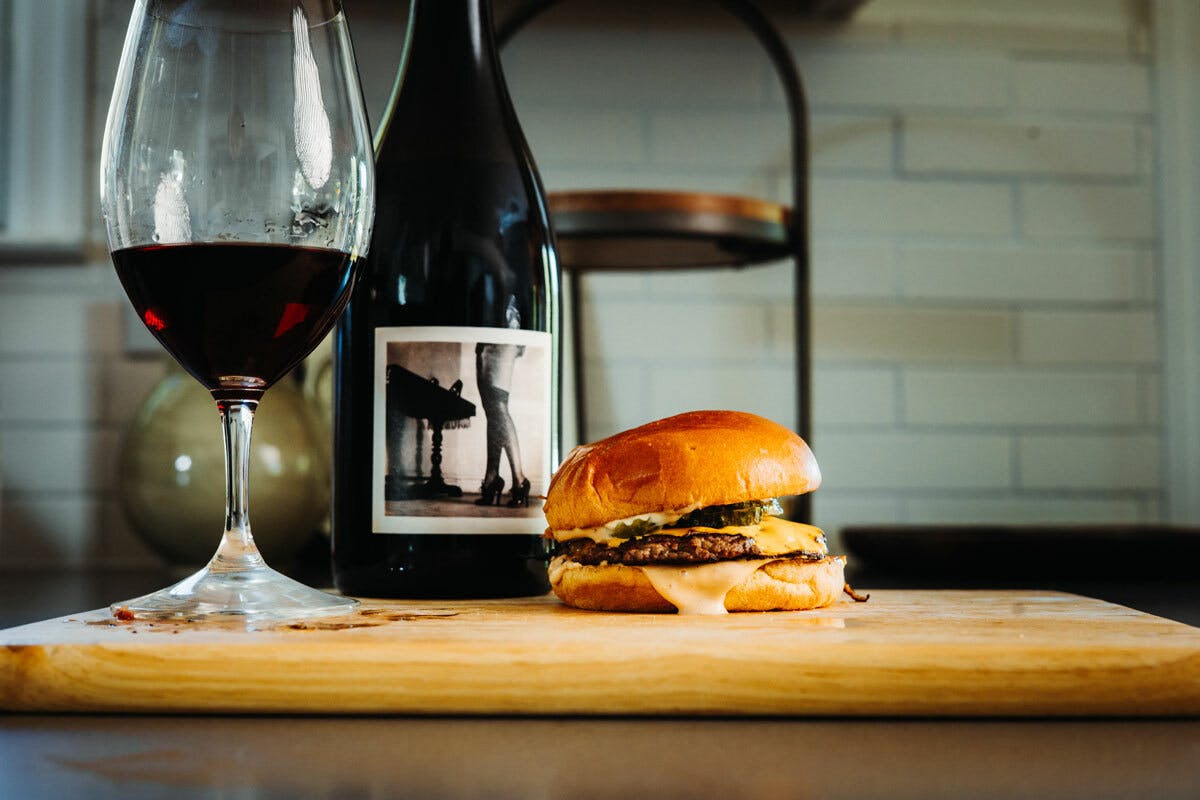
CULTURE
Élodie's Smash Burger Recipe
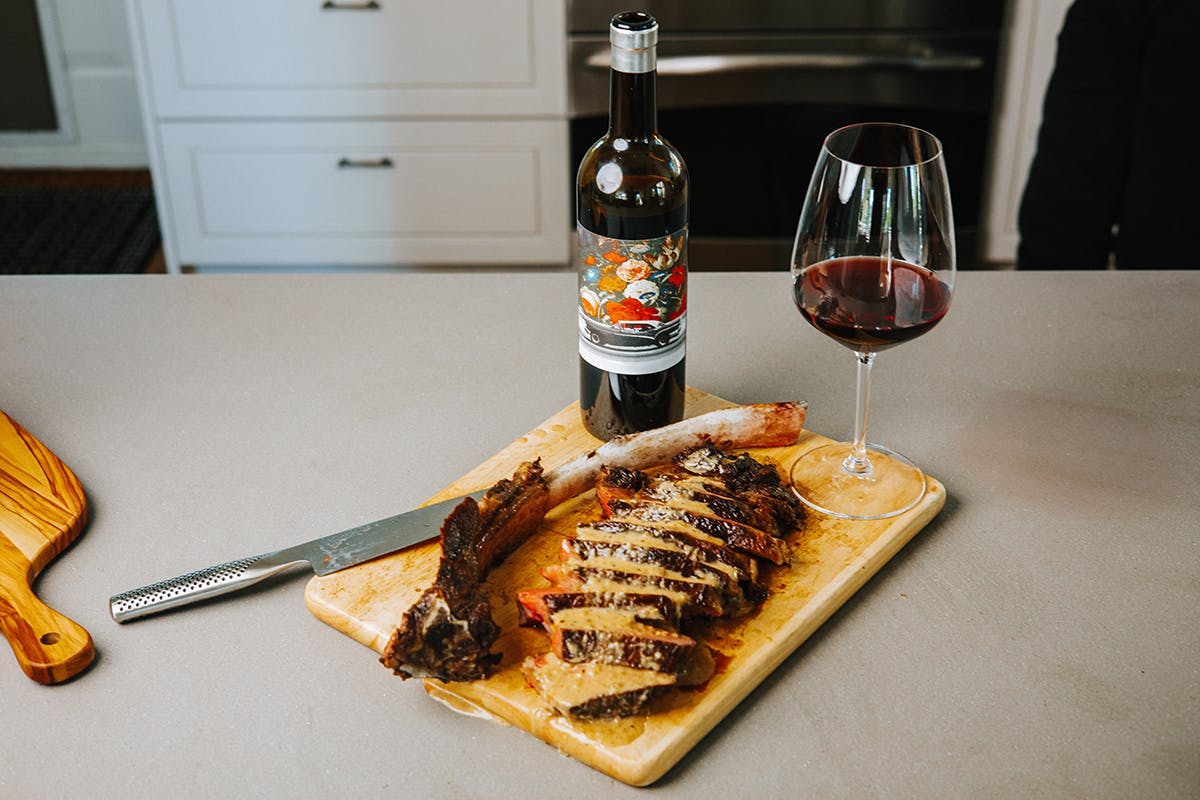
CULTURE
Petal to the Metal's Tomahawk Steak with a Peppercorn Sauce
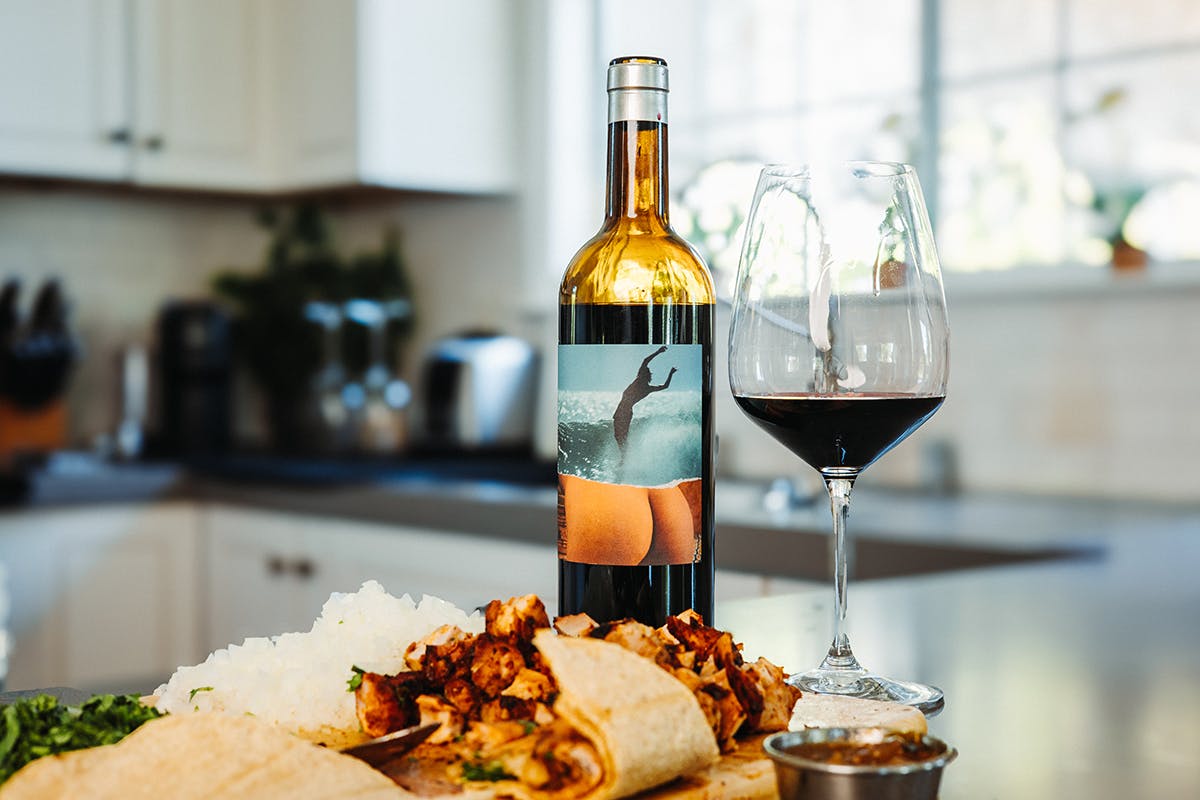
CULTURE
Surf Bums Grilled Chicken Street Tacos
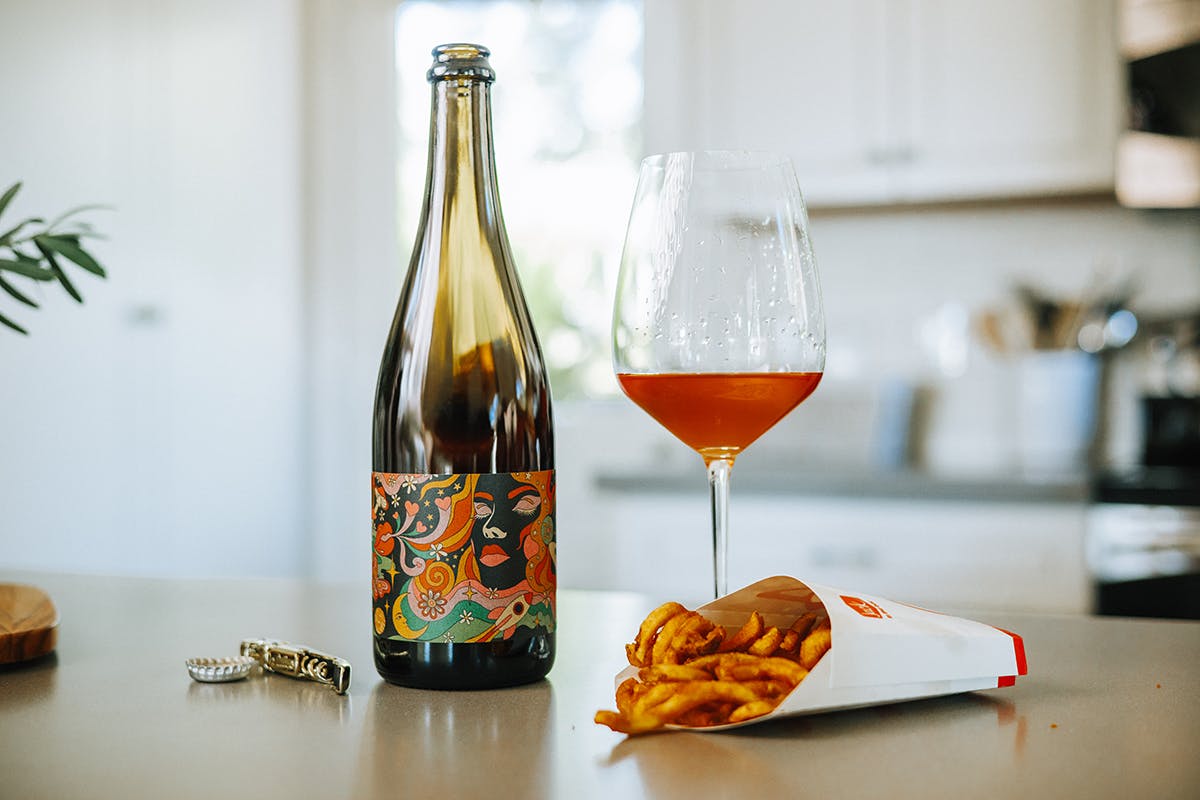
CULTURE
Spacey Jane x Jack in the Box Curly Fries

CULTURE
Don't Call It Love Sticky Korean Chicken Bites

CULTURE
Velvet Bones Bone Marrow "Grave Dirt" Crostini
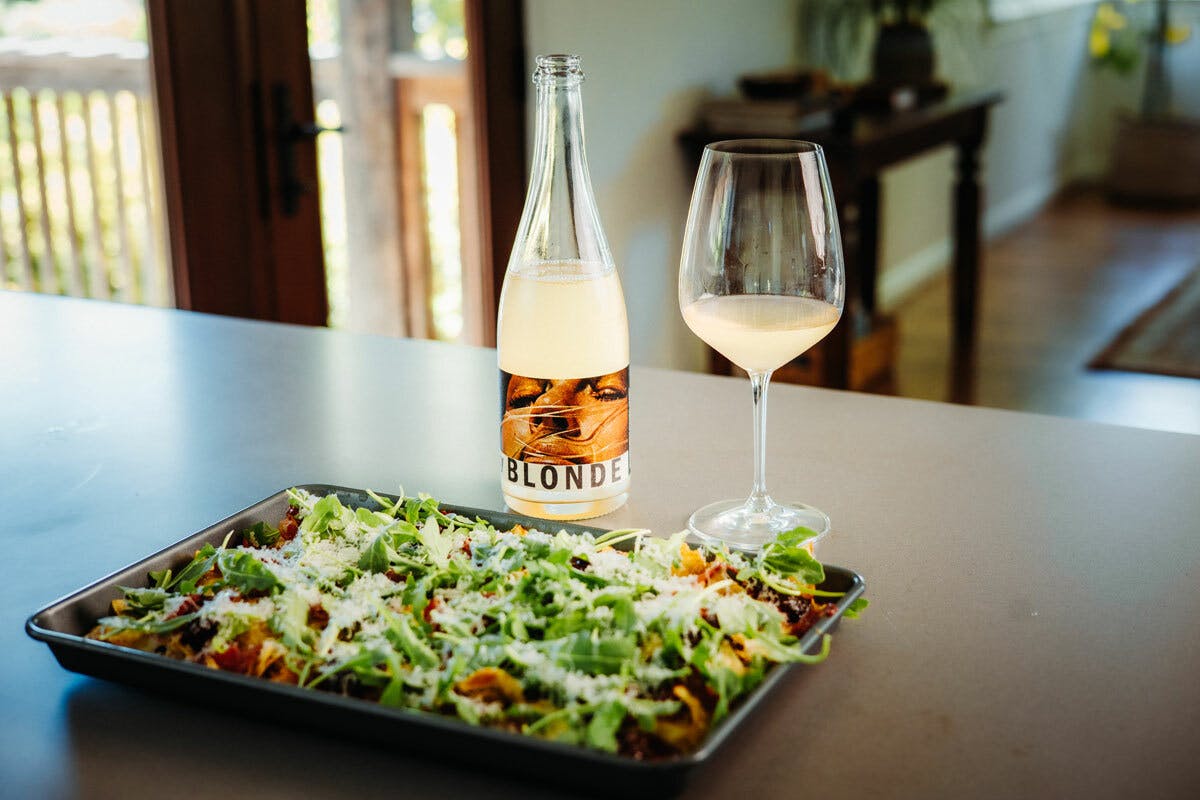
CULTURE
Dirty Blonde’s Charcuterie Nachos
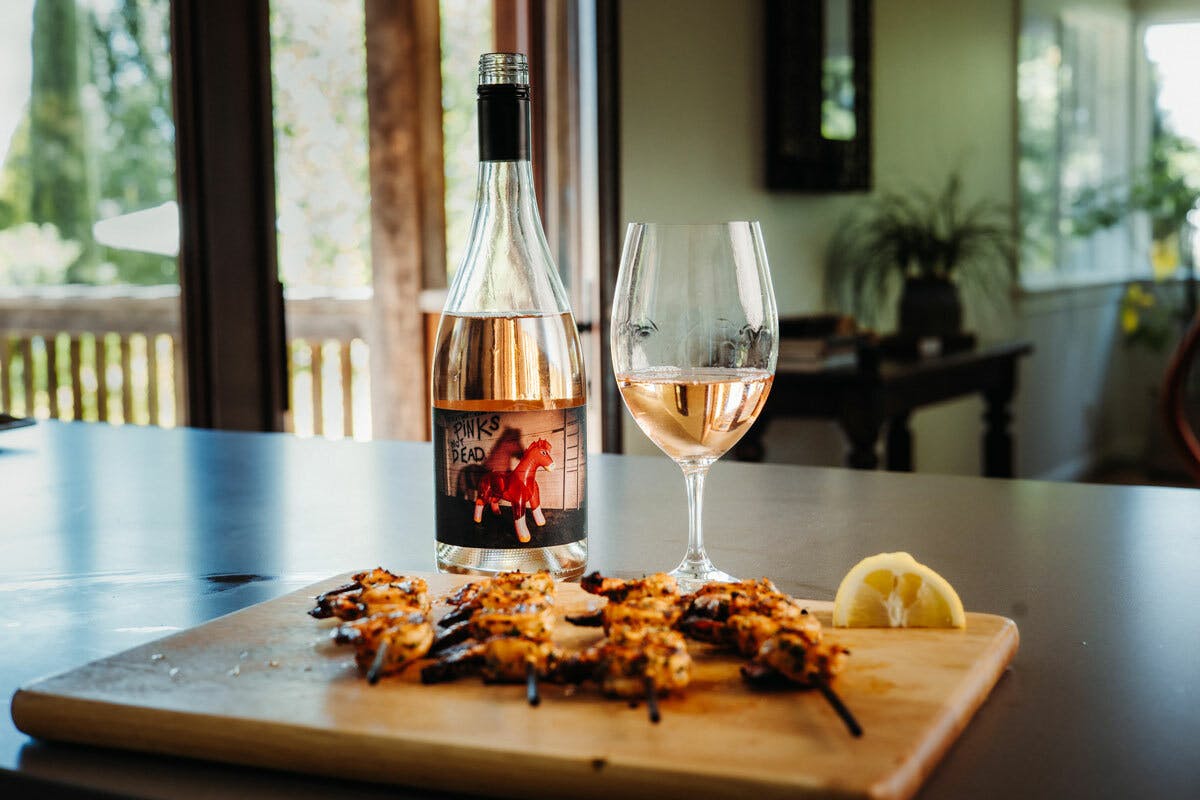
CULTURE
Pinks Not Dead’s Grilled Shrimp Skewers

CULTURE
POP A BOTTLE. GRAB A SLICE. IT’S NATIONAL PIZZA DAY!
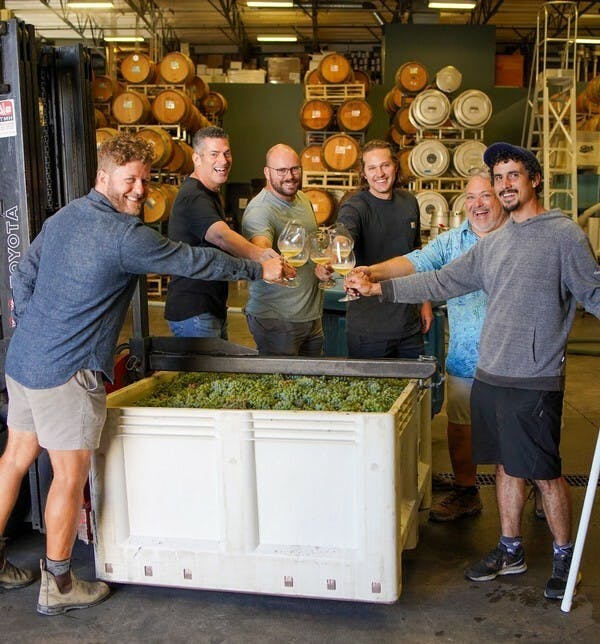
UPDATES
Tank Harvest 2024: A Wild Ride

INTERVIEWS
A Conversation with One of Our Favorite Collaborators: Sita Kaylin
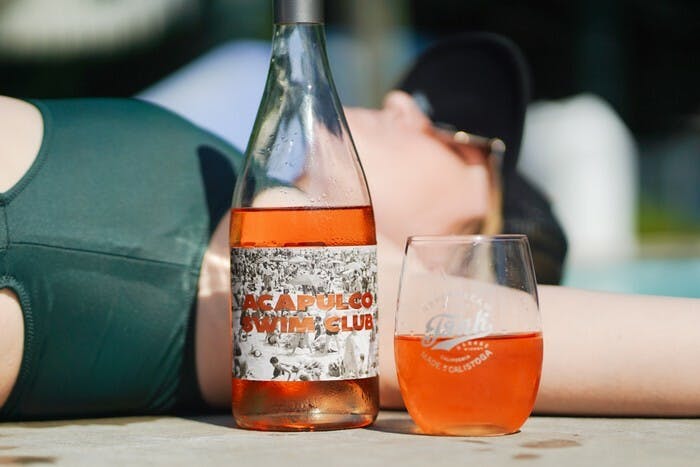
GEEK OUT
What even is Orange Wine anyway?

HISTORY
We Discovered Our Garage Destiny in Paso Robles
Email Newsletter
Thanks for signing up! Never dream alone.